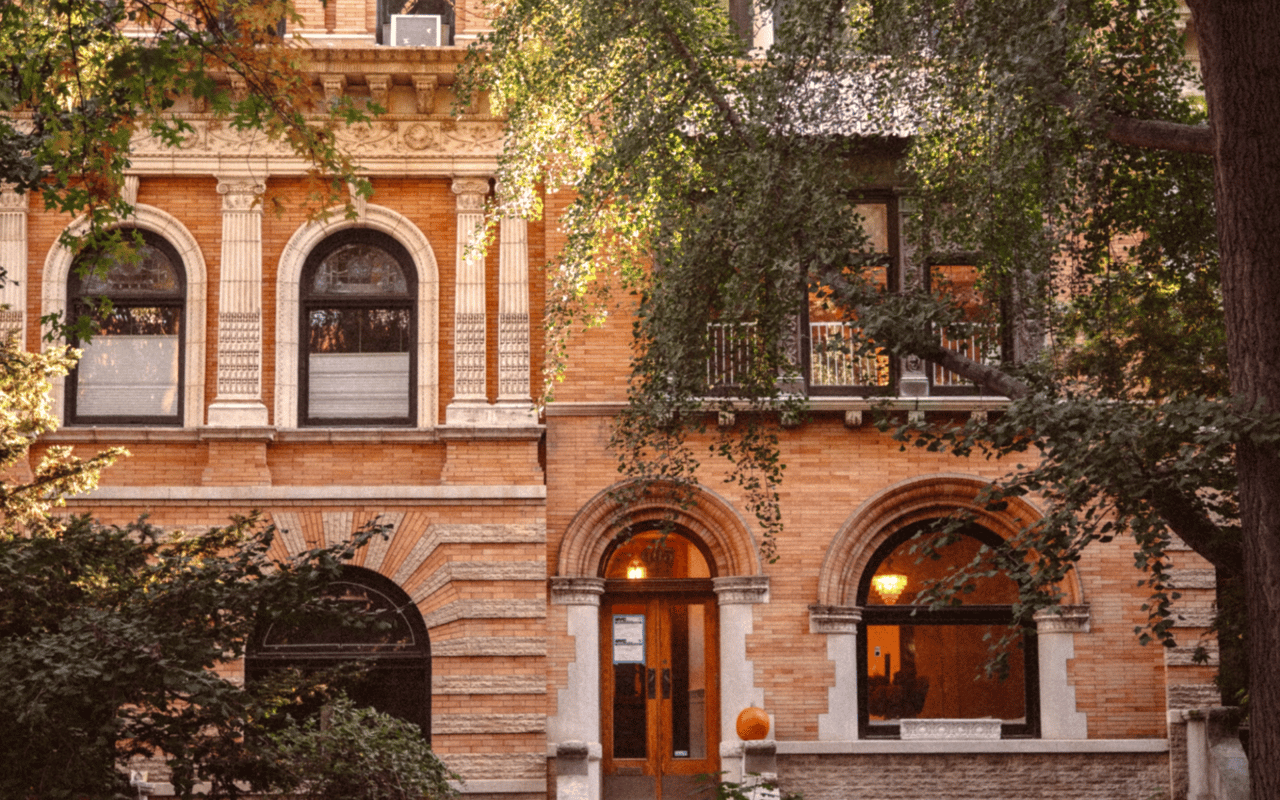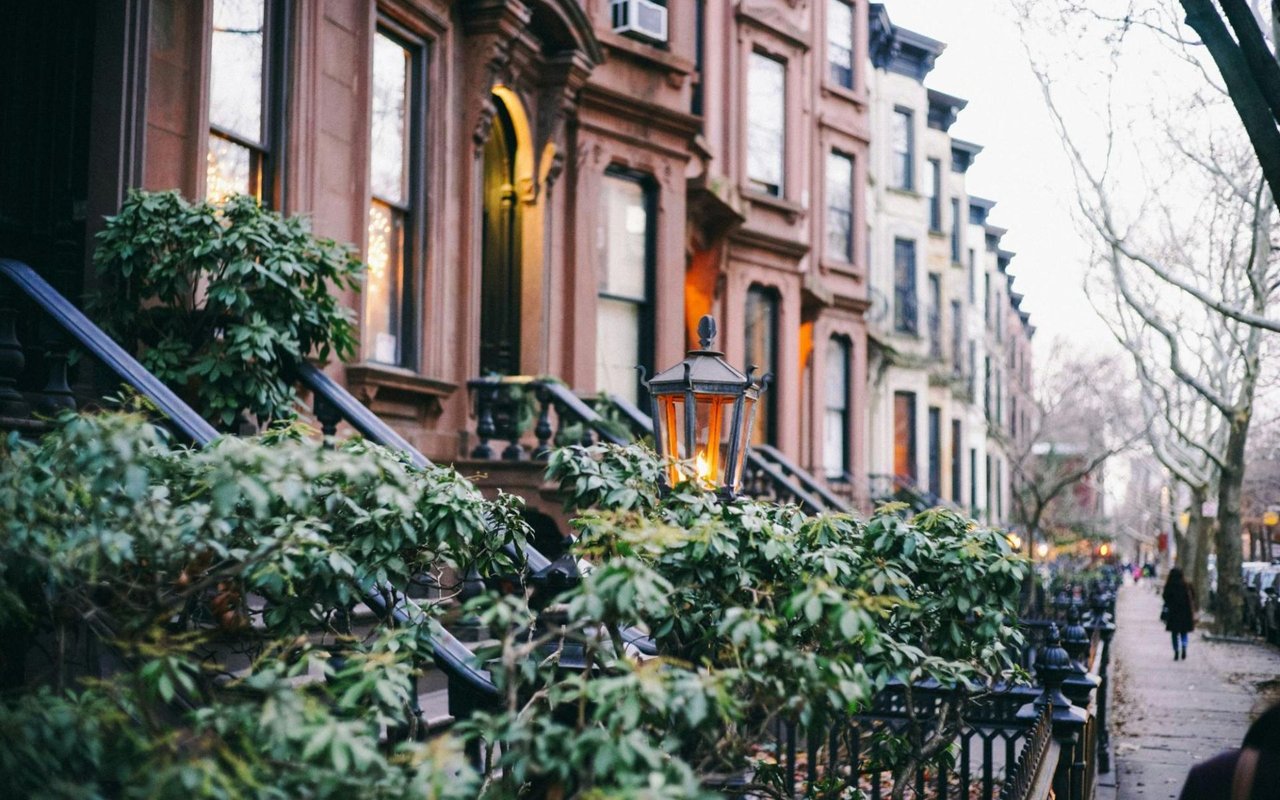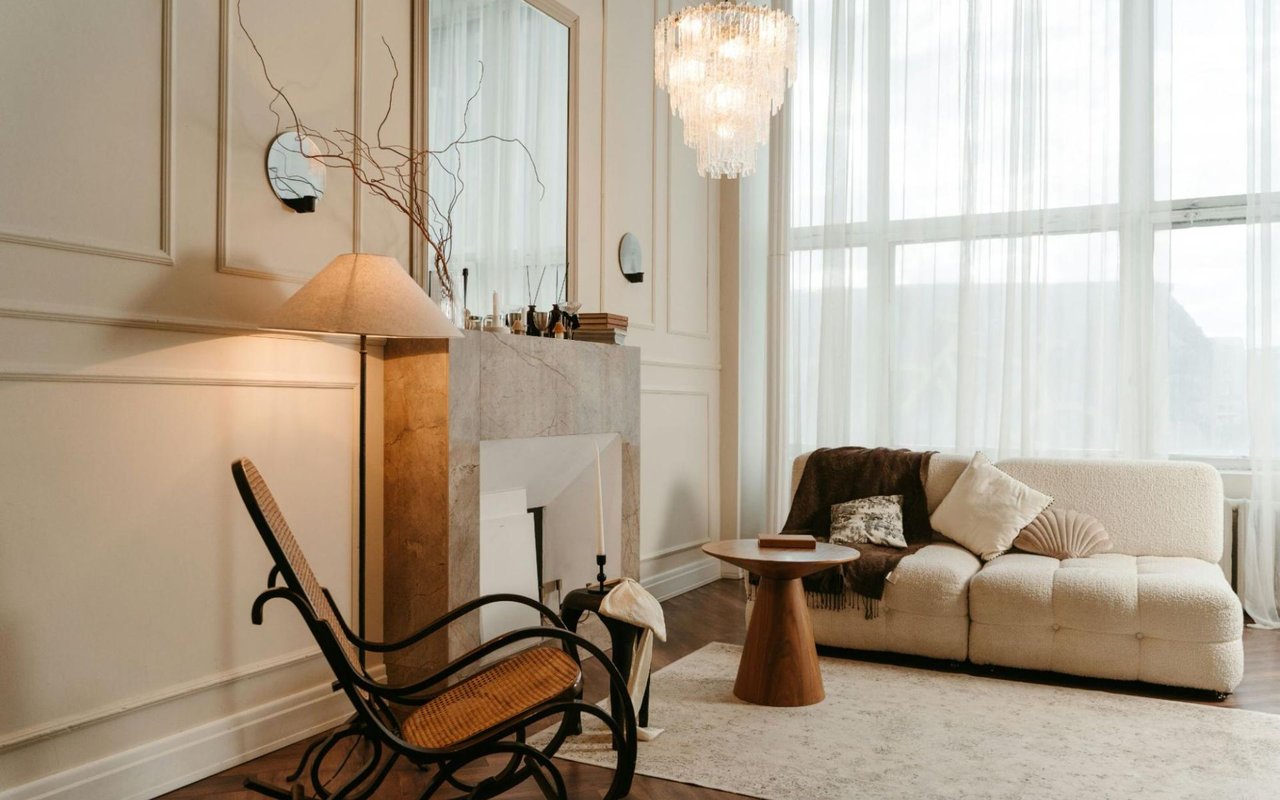New York City’s historic districts offer a rare combination of charm, prestige, and architectural beauty, making them some of the most desirable neighborhoods for luxury buyers. Whether it's the cobblestone streets of the West Village, the classic brownstones of Brooklyn Heights, or the stately townhouses of the Upper East Side, NYC’s historic homes provide a unique living experience steeped in history. However, purchasing a home in one of these districts presents distinct challenges and considerations that every luxury homebuyer should keep in mind.
Here’s what to consider when eyeing a charming home in New York City’s historic districts.
1. Historic Designations and Restrictions
When buying in a historic district, it's essential to understand that the property's historic designation comes with preservation rules set by the New York City Landmarks Preservation Commission (LPC). The LPC regulates any exterior changes, ensuring that the historic character of the district is maintained. While this helps protect the neighborhood’s aesthetic appeal, it can limit what you can do in terms of renovations and restorations.
For instance, if you dream of modernizing the façade or adding new windows, you may be required to use specific materials and designs that align with the original architecture. Understanding these limitations upfront can save you from unexpected costs and complications later.
For instance, if you dream of modernizing the façade or adding new windows, you may be required to use specific materials and designs that align with the original architecture. Understanding these limitations upfront can save you from unexpected costs and complications later.
2. Renovations: Balancing Modern Comforts with Historical Integrity
One of the joys of buying a home in a historic district is the opportunity to own a piece of architectural history. However, balancing modern comforts with historical integrity can be a complex process. Many luxury homebuyers wish to maintain the original character of the home while updating the interiors to include modern amenities like state-of-the-art kitchens, smart home technology, or spa-like bathrooms.
Before purchasing a historic home, it’s crucial to evaluate the condition of the property and assess the extent of the renovations needed. Work with architects and designers experienced in restoring historic homes to ensure that upgrades align with the requirements of the LPC and maintain the home's historical significance.
Before purchasing a historic home, it’s crucial to evaluate the condition of the property and assess the extent of the renovations needed. Work with architects and designers experienced in restoring historic homes to ensure that upgrades align with the requirements of the LPC and maintain the home's historical significance.
3. Premium Pricing: Is It Worth the Investment?
Homes in historic districts often come with a premium price tag. The allure of living in a charming neighborhood, surrounded by beautifully preserved architecture, drives up demand and, subsequently, home prices. But the premium goes beyond aesthetics; the prestige of owning a historic property in NYC can significantly contribute to its resale value.
However, consider whether the home’s location, historical significance, and overall condition justify the price. Research recent sales in the district to ensure that the property you’re eyeing is competitively priced. Keep in mind that while historic homes typically hold their value well, unforeseen maintenance costs can add up, so it’s wise to set aside a budget for ongoing care and preservation.
However, consider whether the home’s location, historical significance, and overall condition justify the price. Research recent sales in the district to ensure that the property you’re eyeing is competitively priced. Keep in mind that while historic homes typically hold their value well, unforeseen maintenance costs can add up, so it’s wise to set aside a budget for ongoing care and preservation.
4. Maintenance and Preservation Costs
Owning a home in a historic district often means committing to a higher level of upkeep compared to modern properties. Older homes, while full of character, can also come with their fair share of maintenance challenges, from outdated plumbing and wiring to drafty windows and roofing issues.
Before making an offer, thoroughly inspect the property by professionals familiar with historic homes. They will be able to identify potential problem areas, such as foundation issues or the need for structural repairs. Factoring in these ongoing costs is critical, especially since maintaining the home to historic standards may require specialized contractors and materials.
Before making an offer, thoroughly inspect the property by professionals familiar with historic homes. They will be able to identify potential problem areas, such as foundation issues or the need for structural repairs. Factoring in these ongoing costs is critical, especially since maintaining the home to historic standards may require specialized contractors and materials.
5. Navigating the Landmark Preservation Commission
The LPC plays a significant role in maintaining the historical integrity of NYC’s historic districts. As a prospective buyer, you must know how the LPC operates and the approval process. Any exterior renovations—no matter how minor—will need to be reviewed and approved by the LPC to ensure that changes remain in line with the district's architectural standards.
While the process can seem daunting, working with a knowledgeable real estate agent who understands historic district regulations can simplify things. They can guide you through the approval process and ensure your vision for the home complies with LPC guidelines.
While the process can seem daunting, working with a knowledgeable real estate agent who understands historic district regulations can simplify things. They can guide you through the approval process and ensure your vision for the home complies with LPC guidelines.
6. Neighborhood Character and Community
Part of the charm of living in a historic district is the sense of community and shared commitment to preserving the area's architectural legacy. Residents in these districts often form close-knit communities where everyone takes pride in maintaining their homes and the neighborhood's aesthetic.
In some cases, you may even find neighborhood associations that organize events and advocate for the district's preservation. This sense of community can enhance the living experience, making it not just about the home you’re buying but also about becoming part of a community dedicated to preserving the past.
In some cases, you may even find neighborhood associations that organize events and advocate for the district's preservation. This sense of community can enhance the living experience, making it not just about the home you’re buying but also about becoming part of a community dedicated to preserving the past.
7. Transportation and Accessibility
While historic districts are known for their beauty and prestige, they may not always offer the most modern infrastructure. For example, parking can be a challenge, especially in densely packed areas like Greenwich Village or Brooklyn Heights. Narrow streets, limited garage space, and restrictions on adding driveways can make finding parking a headache.
Consider how accessible the neighborhood is in terms of public transportation, walkability, and nearby amenities. For some buyers, the neighborhood's charm far outweighs these inconveniences, but it’s important to weigh these factors against your lifestyle needs.
Consider how accessible the neighborhood is in terms of public transportation, walkability, and nearby amenities. For some buyers, the neighborhood's charm far outweighs these inconveniences, but it’s important to weigh these factors against your lifestyle needs.
8. Tax Benefits and Incentives
One potential upside to owning a home in a historic district is that you may be eligible for certain tax benefits or preservation grants. New York State offers tax incentives for rehabilitating historic properties, especially if they meet specific criteria for preservation. These incentives can help offset the cost of renovations and ongoing maintenance, making the investment more financially viable.
Consult with a tax advisor specializing in historic properties to explore potential financial benefits you could take advantage of.
Consult with a tax advisor specializing in historic properties to explore potential financial benefits you could take advantage of.
9. Resale Value and Long-Term Investment Potential
Homes in NYC’s historic districts tend to have strong long-term investment potential. These neighborhoods have remained popular over the years, attracting buyers who value history, culture, and architectural beauty. Given the city's strict regulations on preserving the historical character of these areas, homes in historic districts tend to appreciate in value as supply is limited and demand remains high.
However, it’s important to be mindful of market trends and neighborhood development. Working with an experienced real estate agent who understands the luxury market in historic districts can help you make an informed decision about your investment.
However, it’s important to be mindful of market trends and neighborhood development. Working with an experienced real estate agent who understands the luxury market in historic districts can help you make an informed decision about your investment.
Find Your Dream Home in NYC’s Historic Districts with Luxury NYC Living
Navigating the intricacies of buying a home in one of New York City’s historic districts requires a deep understanding of the market and the specific challenges of owning a piece of history. If you're ready to find your dream home in one of NYC's charming historic neighborhoods, Smitha Ramchandani and the team at Luxury NYC Living are here to help. With years of experience and a keen understanding of the luxury real estate market, Smitha can guide you through every step of the process, from finding the perfect property to managing the complexities of purchasing in a historic district.
To explore your real estate options and start your journey, contact Smitha Ramchandani to connect with the team today and follow us on Facebook and Instagram.
To explore your real estate options and start your journey, contact Smitha Ramchandani to connect with the team today and follow us on Facebook and Instagram.




